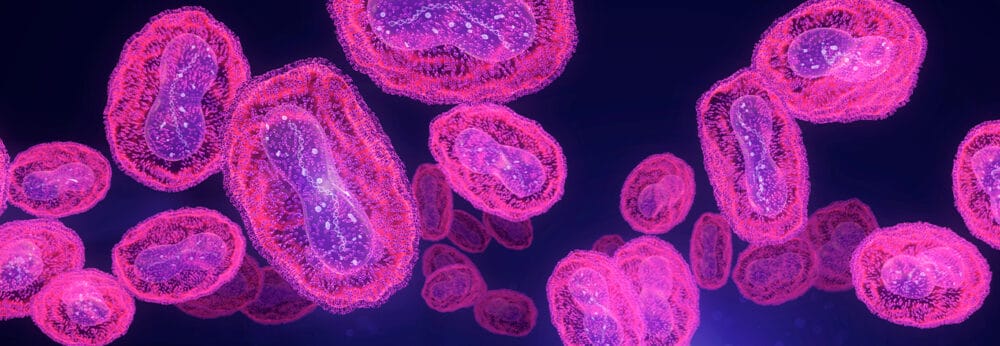Posted
20th September 2019
Research
The prospect of surface damage related to material compatibility is a concern when planning hospital disinfection protocols. Evidence in this sphere is limited, so it’s good to see this study published in ARIC, illustrating the potential for surface damage for some combinations of disinfectants and surface materials.
Six different surface materials were included (including plastic, metal, and glass). The materials were cut into small coupons and exposed to detergents or disinfectants (a detergent, a QAC, hydrogen peroxide, and chlorine) by wiping or immersion. The wiping tests were performed by wetting dry wipes with a predefined amount of solution, and wiping the coupons with a defined pressure 200 times, intended to mimic 6 months of routine use. The immersion tests were performed by immersing coupons in the solution for four weeks in a closed container. Several different methods were used to test the impact of exposure: any change in contact angle, bonding changes, water absorption, visual changes (using atomic force microscopy), surface roughness, and bactericidal efficacy testing.
These tests shows a range of minor and microscopic changes to some of the surfaces when exposed to some of the chemicals. No macroscopic (i.e. visible to the naked eye) changes were observed. These changes were less pronounced when using in-use concentrations, and during the wiping (rather than immersion) tests. Importantly, the bactericidal testing showed no differences in bactericidal activity on control, wipes, and immersed test surfaces.
The study strengths include assessing a range of materials exposed to a range of chemicals, and tests to simulate various applications in healthcare settings (i.e. wiping and immersion). The study also modelled extended exposure over the course of 6 months’ routine use, which provides more useful information than a one-off compatibility test. The study included a range of analytical methods to provide a broad overview of material performance following exposure. Study limitations include the use of ‘raw’ materials (rather than finished products), which may have different surface finishes; the fact that the disinfectants were not formulated, but in their ‘raw’ chemical form; and the use of undiluted chemicals and immersion tests, which both represent “extreme” and not representative of actual usage. These limitations mean that it’s difficult to interpret how relevant the microscopic changes that were observed would be in a real clinical setting.
Few studies provide data on surface damage related to extended exposure to disinfectants in healthcare settings. This study provides evidence that material damage can result from exposure to disinfecting chemicals in healthcare settings, particularly when using high concentration chemicals. It’s important to remember that even the process of cleaning will result in microscopic surface damage. Further evaluations using formulated disinfectants are the next step in helping us understand the best way to apply disinfectants in healthcare settings.
SHARE THIS ARTICLE
Tags
Latest News
Norovirus: Understanding its transmission and prevention in the UK
Introduction Norovirus is recognised as the leading cause of viral gastroenteritis…
Clean Between to Reduce Healthcare-Associated Infections
Healthcare-associated infections (HAIs) are a significant concern for healthcare facilities…
Mpox: emergence of a new threat
A new threat related to mpox is emerging, in the…
Wiping away infections – the CLEEN way!
Cleaning shared medical equipment with a disinfectant wipe at least…




